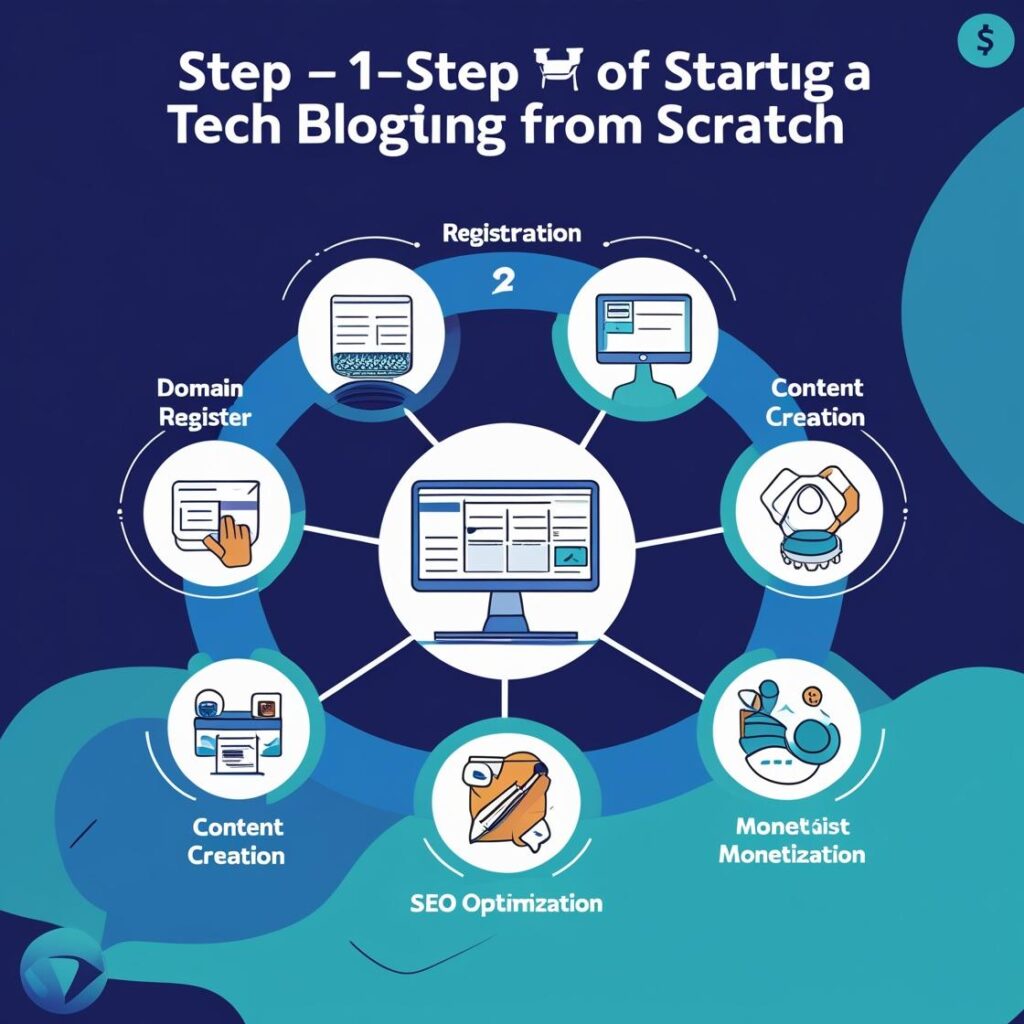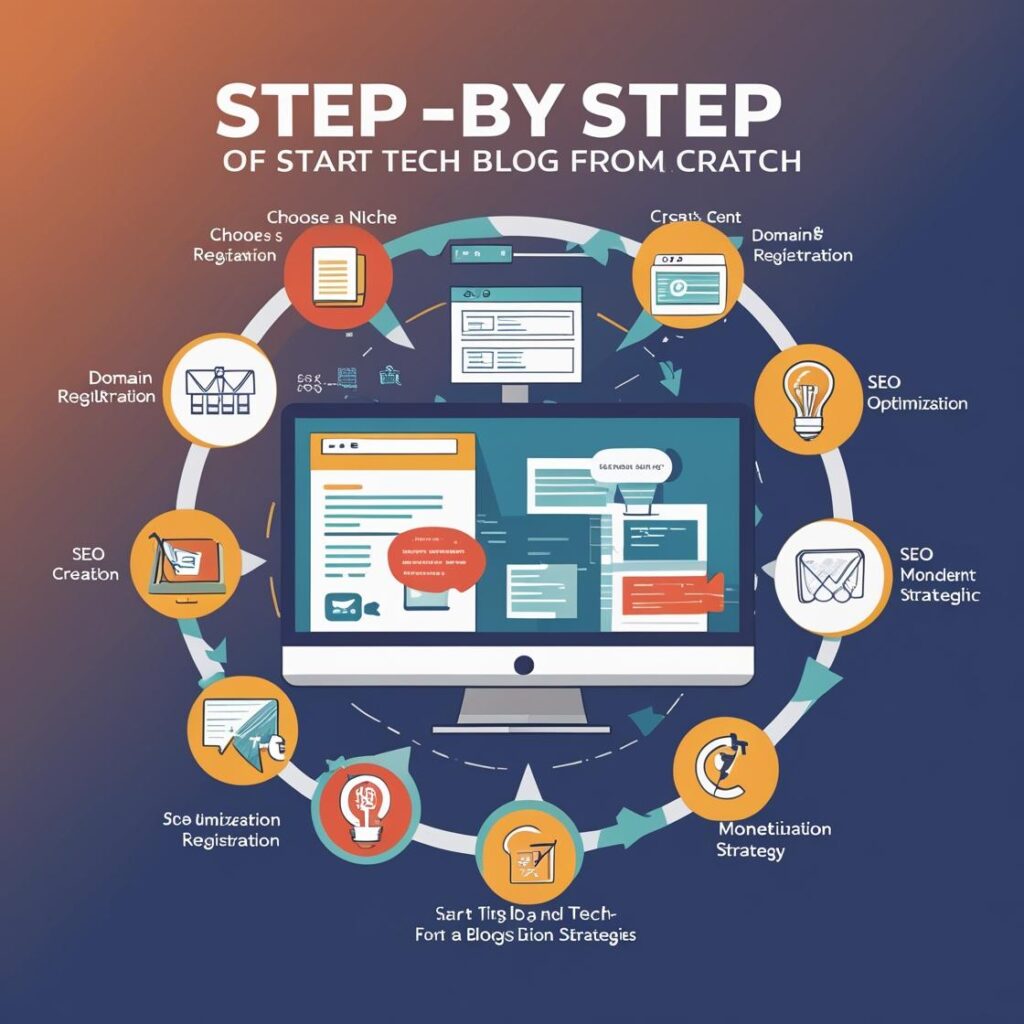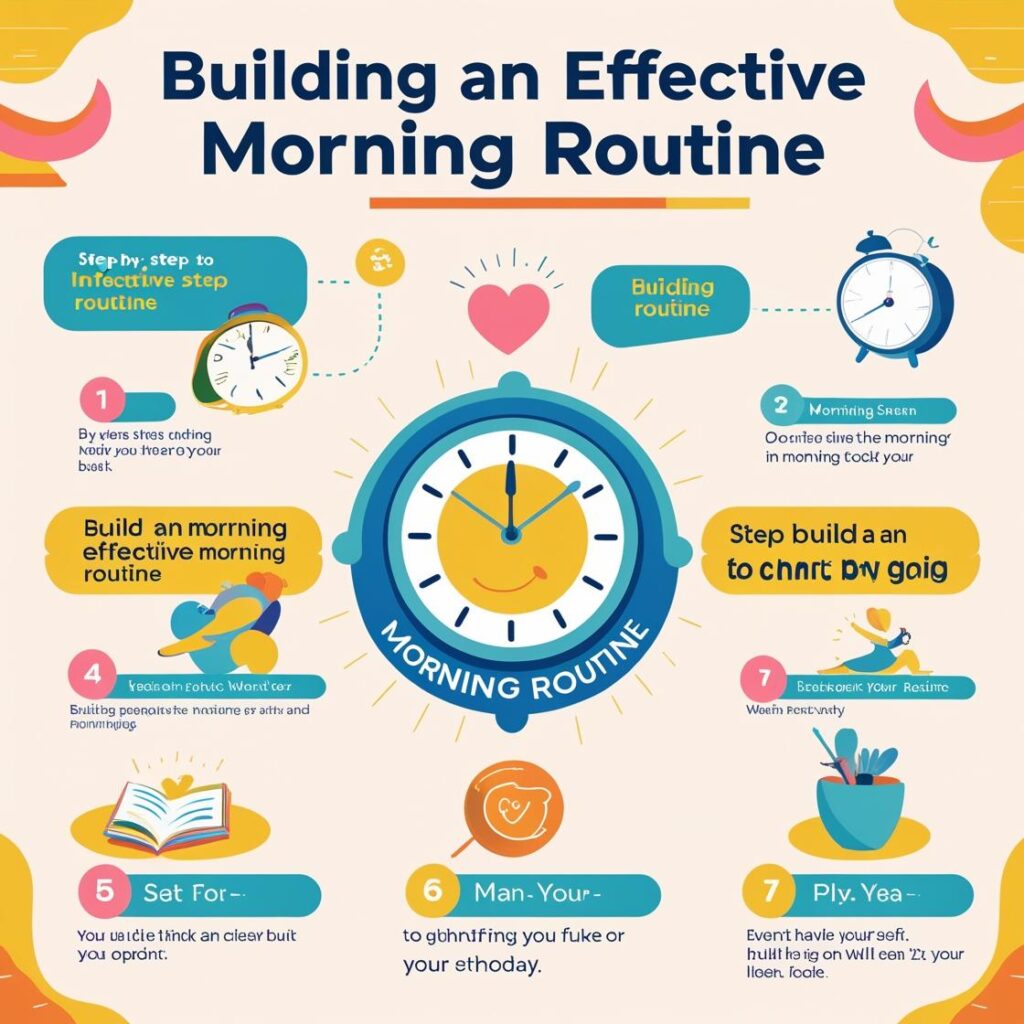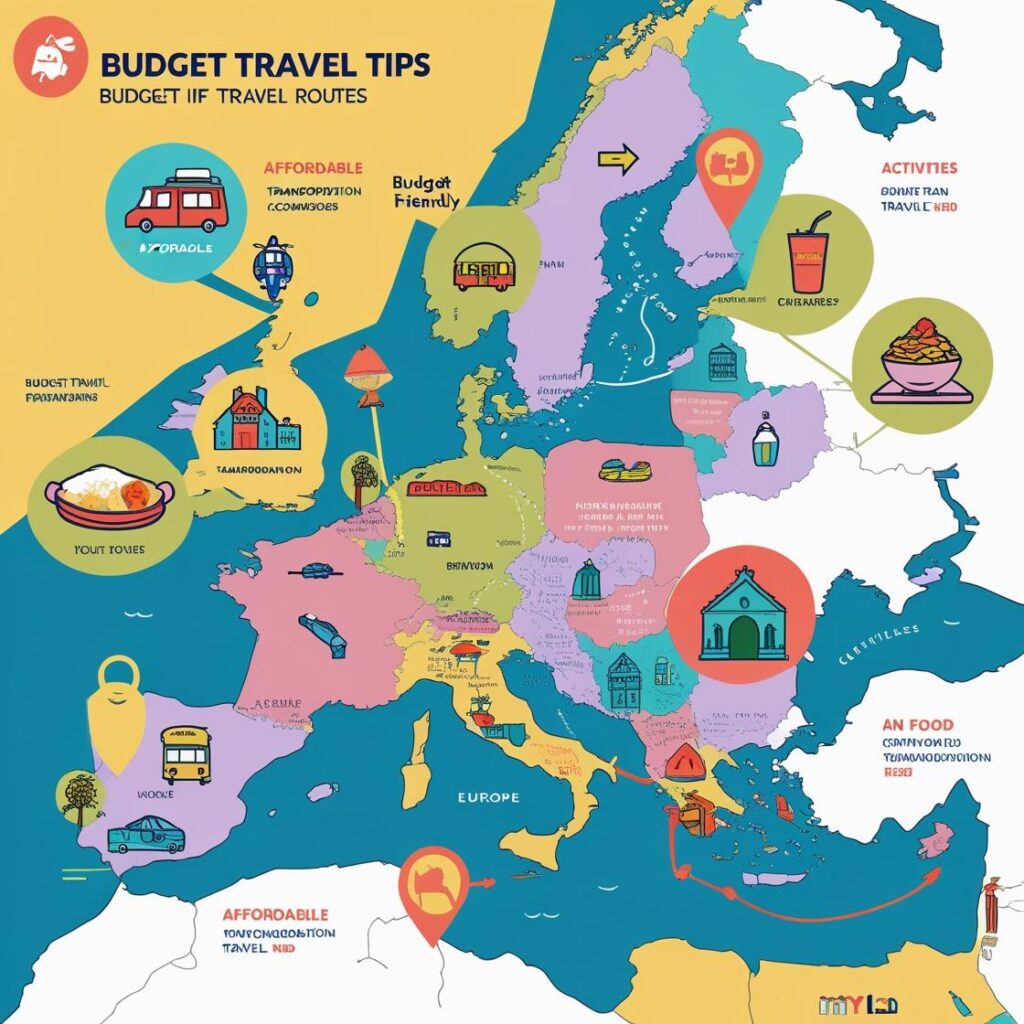Starting a tech blog can be one of the most rewarding ventures for anyone passionate about technology, gadgets, coding, startups, or IT trends. Whether you’re an expert or just an enthusiast, sharing your knowledge online helps you build credibility, connect with like-minded readers, and even generate income. This comprehensive guide will walk you through every step needed to launch your tech blog from scratch.
اقرأ أيضاً: قائمة بأهم 10 كورسات مجانية في الذكاء الاصطناعي مع الروابط المباشرة
1. Identify Your Niche and Audience
Before you even choose a domain name, determine what specific area of tech you want to focus on. Tech is a vast field – it includes everything from software development, hardware reviews, cybersecurity, artificial intelligence, gaming, and IT tutorials to tech entrepreneurship.
اقرأ أيضاً: كيفية الحصول على منحة دراسية مجانية
Ask yourself:
اقرأ أيضاً: كيف تستيقظ مبكرًا دون الشعور بالتعب
- What topics am I most knowledgeable and passionate about?
- Who do I want to write for (developers, IT students, startup founders, gamers)?
- What problems or questions do these readers commonly have?
Choosing a niche like “beginner-friendly coding tutorials” or “affordable tech gadget reviews” makes it easier to attract a loyal readership and rank well on search engines.
اقرأ أيضاً: كيف تتفوق في أي مقابلة عمل: 10 نصائح من الخبراء
2. Choose a Memorable Domain Name
Your domain name is your blog’s digital identity. It should be:
اقرأ أيضاً: كيف توفر 1000 دولار في 30 يومًا
- Short and easy to remember
- Relevant to your tech niche
- Free of hyphens or confusing spellings
Use tools like Namecheap, GoDaddy, or Google Domains to check availability. Once you find the perfect name, register it immediately before someone else grabs it.
اقرأ أيضاً: كيفية كتابة سيرة ذاتية متميزة
Tip: Try to include keywords related to tech or your niche (e.g., “TechTinker”, “CodeGear”, “NextGenBytes”).
اقرأ أيضاً: كيف تحول عملك الجانبي إلى مشروع بدوام كامل
3. Set Up Hosting and Install WordPress
Now that you have a domain, you need a home for your blog — hosting. Choose a reliable hosting provider such as Bluehost, SiteGround, or Hostinger. Most of these services offer:
اقرأ أيضاً: كيفية تسريع الكمبيوتر المحمول البطيء في 10 دقائق
- Free domain registration for the first year
- 1-click WordPress installation
- 24/7 support and fast loading times
WordPress is the world’s most popular content management system for good reason. It’s beginner-friendly, flexible, and has thousands of free themes and plugins to customize your site.
اقرأ أيضاً: كيف تبني روتينًا صباحيًا يعمل بالفعل
4. Select a Professional Tech Blog Theme
Your blog’s appearance influences how professional and credible you appear. WordPress offers thousands of themes – both free and premium – specifically designed for blogs.
اقرأ أيضاً: كيف تبدأ الرسم (حتى لو كنت تعتقد أنك لا تستطيع)
For tech blogs, look for themes with:
اقرأ أيضاً: كيف تخطط لعطلة عائلية سيحبها الجميع
- Clean design and responsive layout
- Fast loading speed
- Easy navigation
- Built-in SEO optimization
Popular WordPress themes for tech blogs include Astra, GeneratePress, Kadence, and Neve. Customize your theme’s color scheme, font, and layout to reflect your brand identity.
اقرأ أيضاً: كيف تتعلم الجيتار بنفسك
5. Install Essential Plugins
Plugins extend your WordPress blog’s functionality. Some are essential from day one:
اقرأ أيضاً: كيف تحزم خفيفًا لرحلة لمدة أسبوعين
- Yoast SEO or Rank Math (for on-page SEO)
- WP Super Cache or W3 Total Cache (for speed optimization)
- Jetpack (for analytics, security, and backups)
- Akismet (for spam protection)
- UpdraftPlus (for regular backups)
- Elementor (for drag-and-drop page building)
Be cautious not to overload your site with too many plugins, as it may slow down performance.
اقرأ أيضاً: كيف تكتب أول قصة قصيرة لك
6. Plan and Create Quality Content
Now comes the heart of your tech blog: content. Quality trumps quantity — every post should be valuable, actionable, and engaging.
اقرأ أيضاً: كيف تسافر عبر أوروبا بميزانية محدودة
Start with a content calendar. Plan your first 10–15 articles, covering:
اقرأ أيضاً: كيف تحمي خصوصيتك على الإنترنت: دليل المبتدئين
- How-tos and tutorials
- Product reviews
- Industry news and analysis
- Opinion pieces on tech trends
- Lists of resources/tools
Structure each blog post with:
اقرأ أيضاً: كيف تبدأ في التأمل حتى لو كنت متشككًا
- A compelling headline
- A clear intro explaining the problem/topic
- Subheadings (H2, H3) for scannability
- High-quality images or screenshots
- A conclusion with a call-to-action
Writing tip: Use simple language unless you’re targeting technical experts.
اقرأ أيضاً: كيف تساعد الأطفال على بناء عادات دراسية أفضل
7. Master SEO Basics
Search Engine Optimization (SEO) is essential if you want your content to reach a wider audience through Google and other search engines.
اقرأ أيضاً: كيفية العثور على الجواهر الخفية في أي مدينة
Key beginner-friendly SEO practices:
- Use keywords naturally in your titles, headings, and content
- Write unique meta descriptions
- Optimize image filenames and alt text
- Use internal and external links
- Focus on page speed and mobile responsiveness
Use a plugin like Yoast SEO to guide you through optimizing each post.
8. Promote Your Blog Effectively
Even the best blog won’t get traffic without promotion. Use a multi-channel strategy to get your content in front of readers:
- Social Media: Share posts on Twitter/X, LinkedIn, Reddit, Facebook groups, and Instagram.
- Email Newsletter: Build an email list using tools like MailerLite or ConvertKit. Offer a free resource (like an eBook or checklist) as a lead magnet.
- Guest Posting: Write articles for other established tech blogs to gain backlinks and visibility.
- Online Communities: Engage with communities on Hacker News, Quora, or niche forums like Stack Overflow.
Be consistent and track which channels bring the most traffic.
9. Monetize Your Tech Blog
Once you have steady traffic, there are multiple ways to turn your tech blog into a source of income:
- Affiliate Marketing: Recommend tools and gadgets and earn commissions.
- Sponsored Posts: Companies may pay you to review or mention their products.
- Display Ads: Use networks like Google AdSense or Ezoic.
- Sell Digital Products: Offer eBooks, courses, or exclusive templates.
- Freelancing/Consulting: Showcase your expertise and offer services to readers.
Choose monetization methods that align with your audience’s needs and your content style.
10. Stay Consistent and Keep Learning
Blogging is a long game. Don’t get discouraged if traffic and engagement are slow at first. Success comes from consistency, persistence, and continuous improvement.
Tips to stay motivated:
- Set weekly or monthly content goals
- Keep up with tech trends and news
- Revisit and update old posts to keep them relevant
- Join blogger groups or mastermind communities for support
Regularly analyze your analytics to see what works — and don’t be afraid to experiment.

Conclusion
Starting a tech blog from scratch takes effort, but it’s absolutely doable with the right tools and mindset. Stick with it, continue learning, and you’ll soon find your voice and audience in the tech world. Start now — the internet is waiting for your insights.



